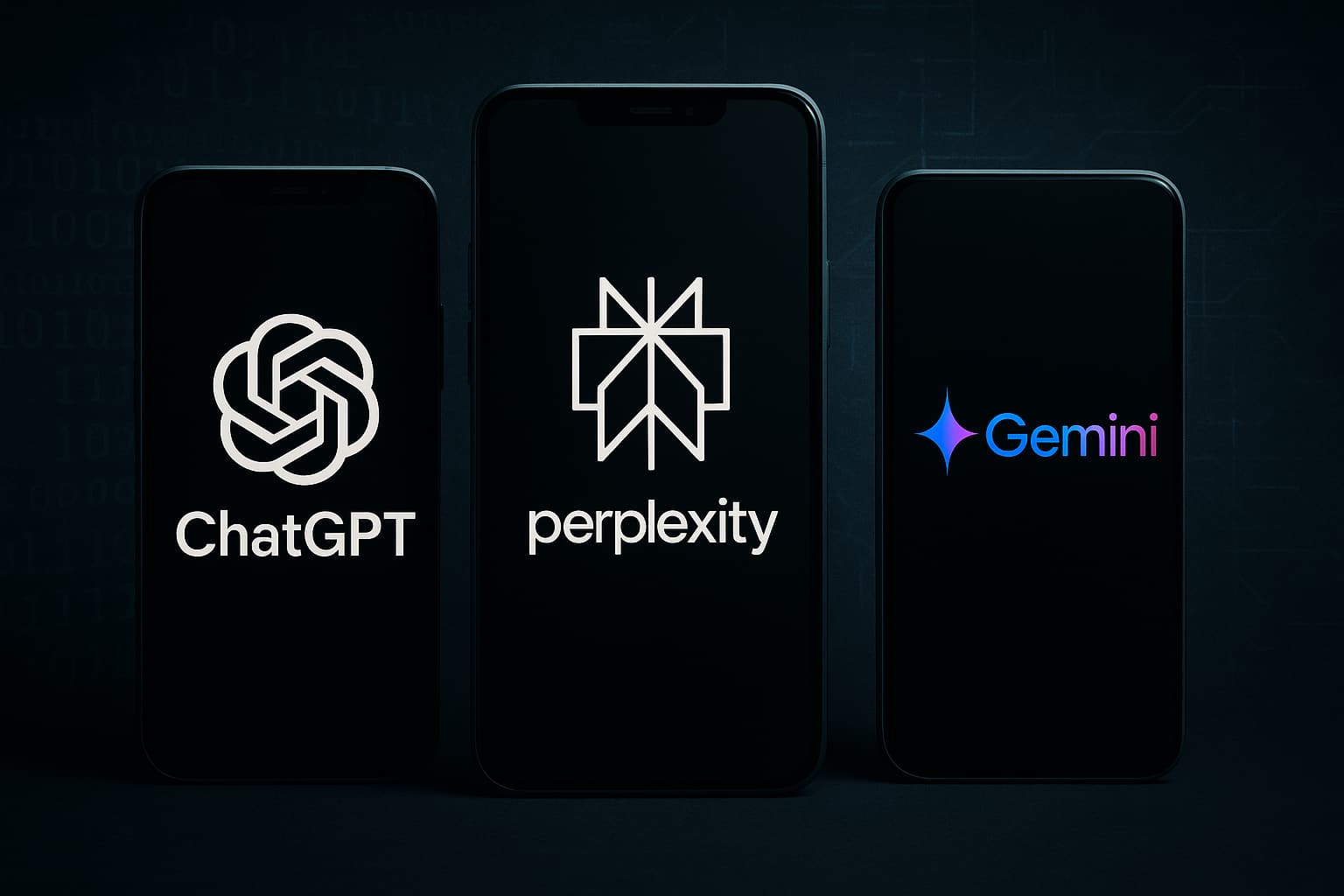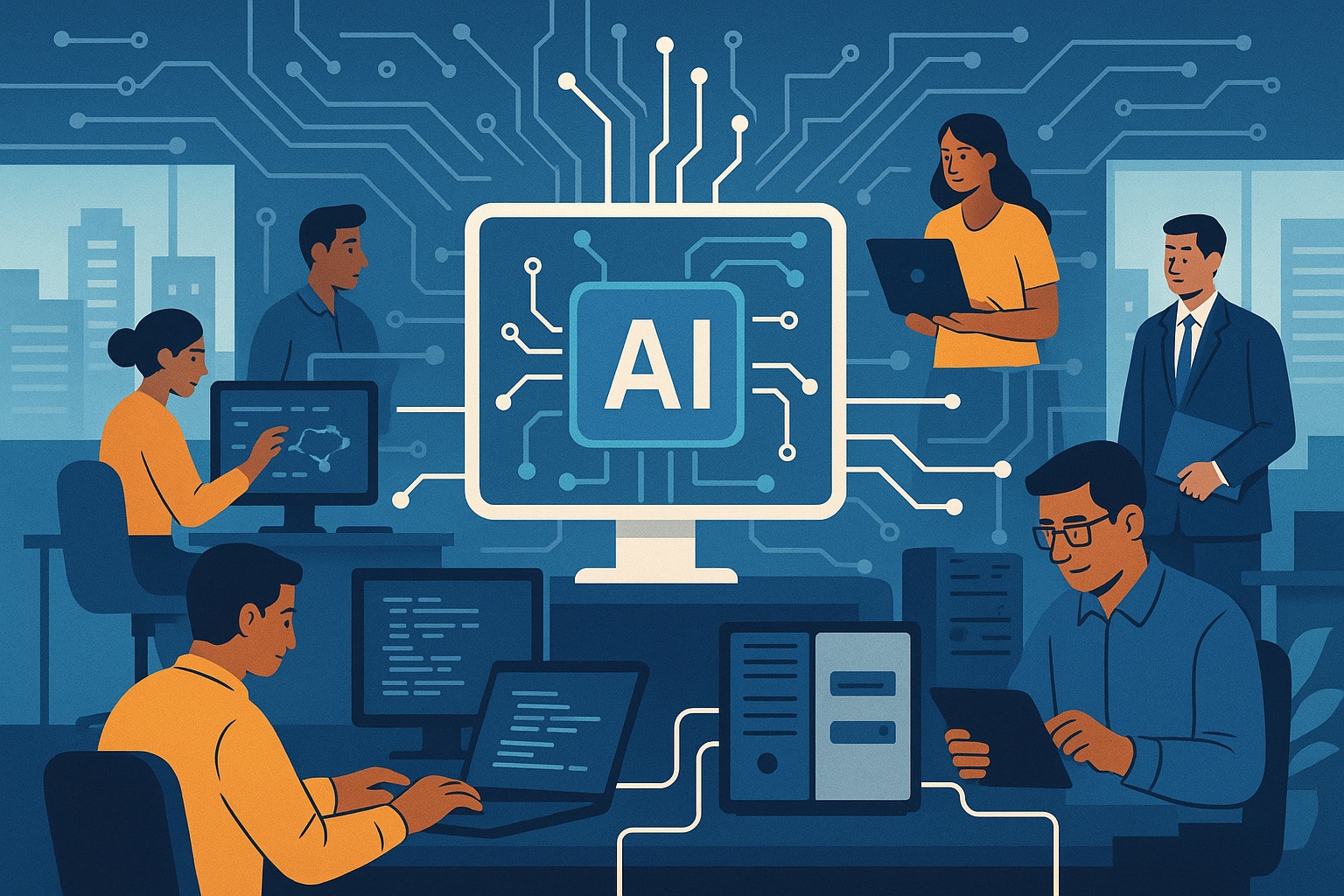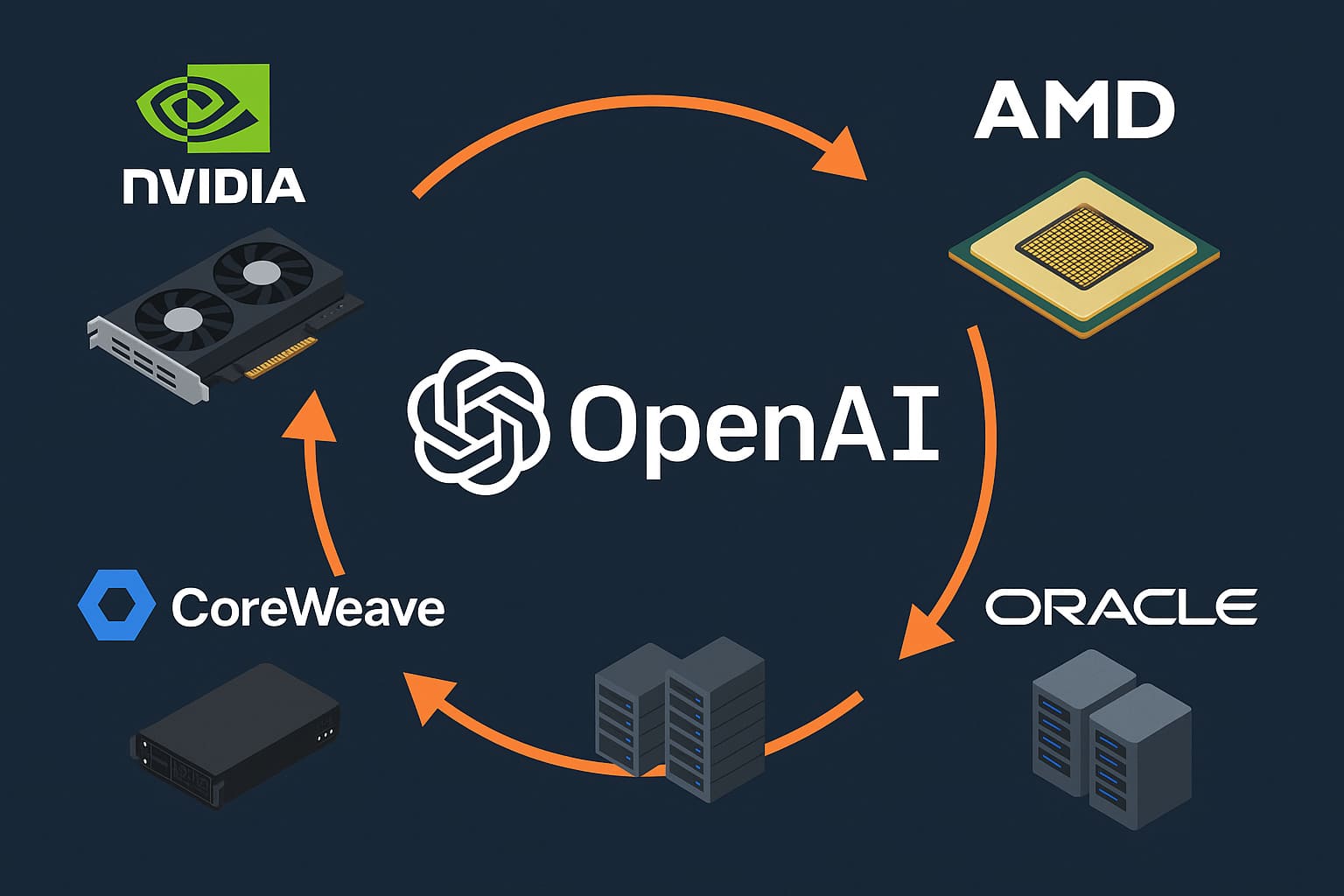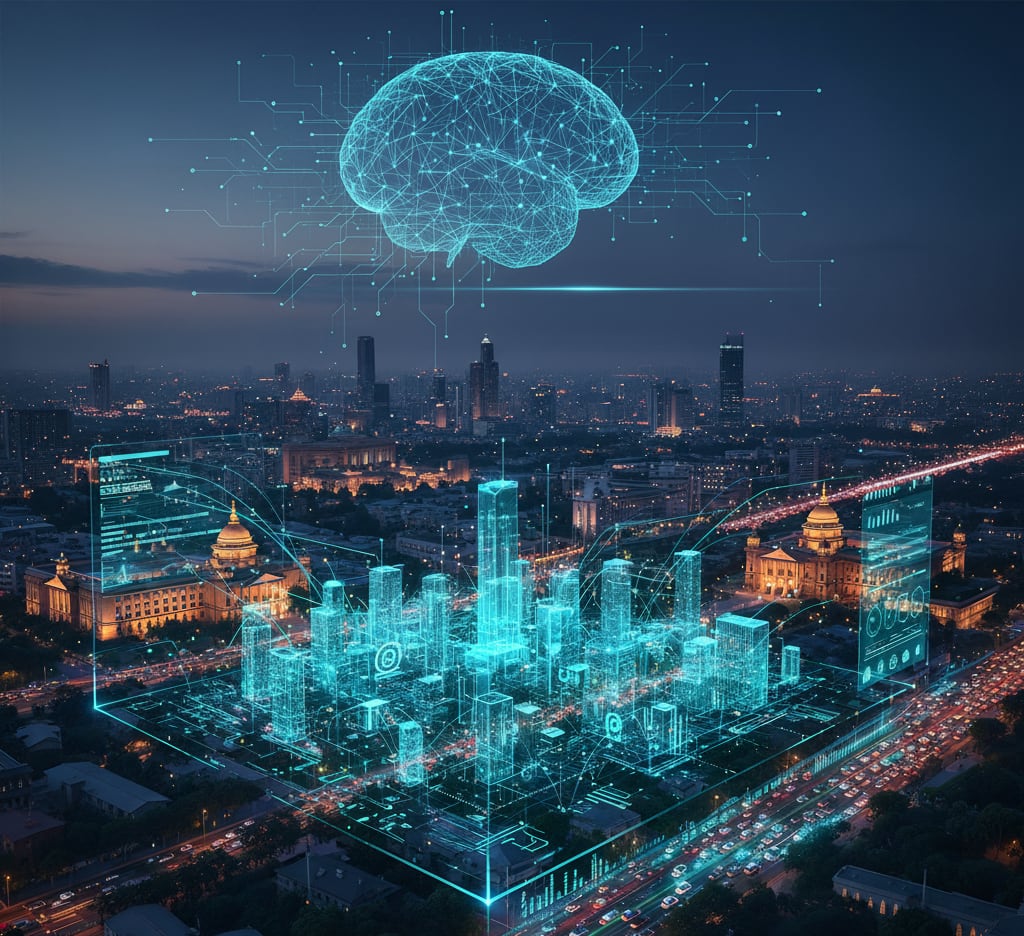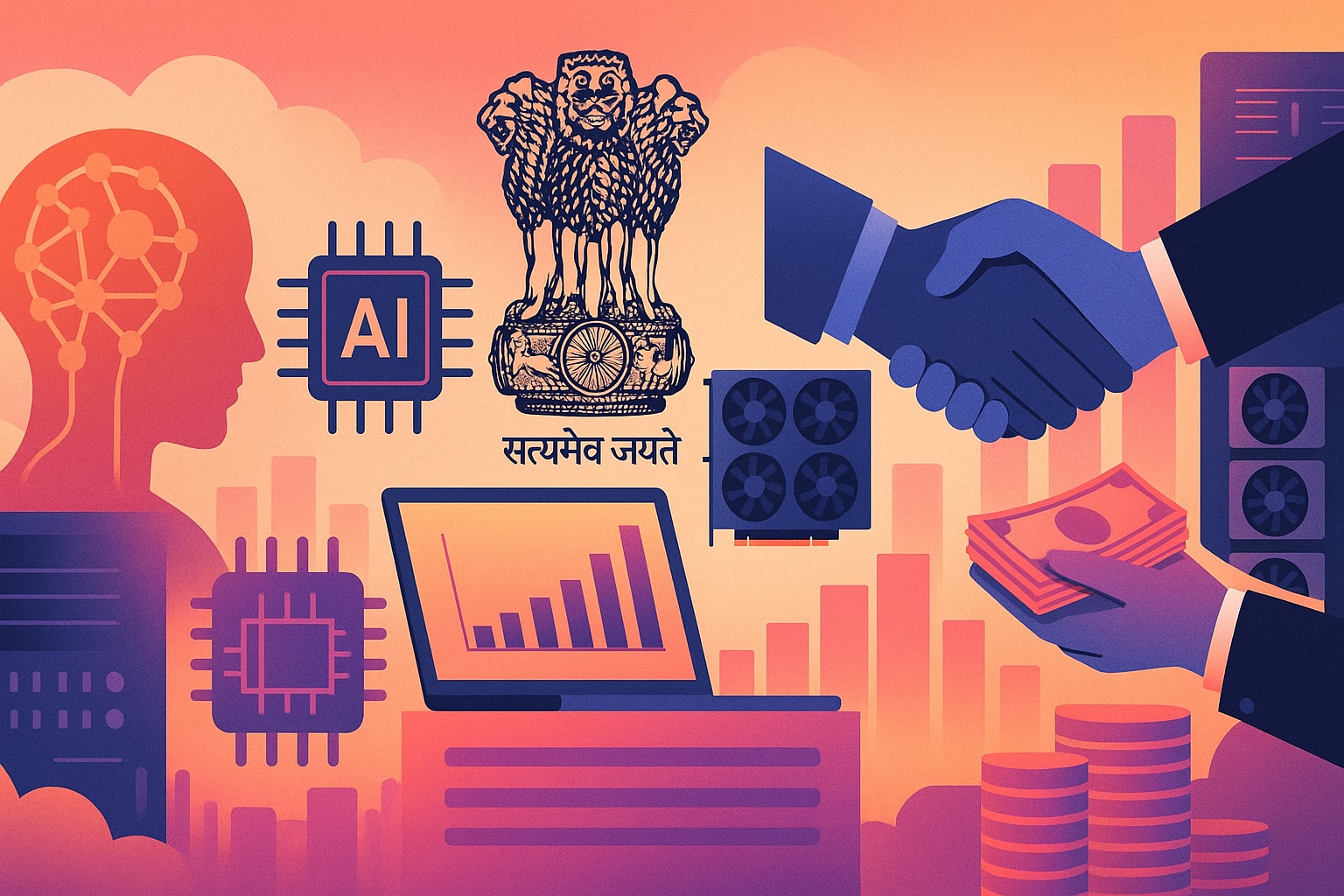
How Google reclaimed the AI crown
Remember when everyone thought Google had lost the AI race? Fast forward a few years, the 'code red' is over and the sleeping giant has not only woken up, but it is sprinting.
As Captain Marvel once put it: "I’ve been fighting with one arm tied behind my back, but what happens when I’m finally set free?"
We are witnessing the answer right now. Google has mounted a strong comeback on the back of powerful frontier models topping major AI benchmarks, products like NotebookLM and Flow, and features like Nano Banana image generation that have become the talk of the town.
"Sundar Pichai's game is not about winning the first innings, it's about winning the series," said Rajan Anandan, managing director at venture capital firm Peak XV Partners. "This is a world championship team."
Anandan, who led Google's business teams in India and Southeast Asia for nearly eight and half years until 2019, said large companies take time because at “Google's scale, models that hallucinate can become problematic."
Gemini 3 shines big: Gemini 3, the company's newest AI model, is earning praise from rivals and tech leaders, including Elon Musk, Sam Altman, Aaron Levie, and Matt Mullenweg.
Salesforce CEO Marc Benioff even said he is switching to Gemini 3 after using ChatGPT daily for three years, calling the leap “insane” and adding, “It feels like the world just changed, again."
Last month, OpenAI CEO Sam Altman told employees that Google's recent progress could “create temporary economic headwinds” for the company. “I expect the vibes out there to be rough for a bit,” he said.
Neil Shah, co-founder of Counterpoint Research, told us that Google "has successfully 'crossed the chasm,' overcoming the 'Innovator’s Dilemma' to leapfrog back to the front of the pack"
The company also surpassed Microsoft in market cap earlier this week and is now closing in on the $4 trillion mark, a 63% jump from last year
What led to Google's AI resurgence? Industry watchers and former insiders say Google’s turnaround stems from its full-stack AI strategy, long-term bets finally paying off and the increased involvement of co-founder Sergey Brin.
"Google has the highest talent density on planet Earth. No one comes close. It's the only company that's integrated - from chips to models to applications. They also have one of the healthiest balance sheets, which gives them long-term orientation," Anandan said.
By deeply integrating Gemini into products like Search, YouTube and Android that touch billions of users, the company is translating breakthroughs into everyday impact.
The organisational overhaul: Pichai first outlined Google’s plan to become “AI-first” in 2016. But the company didn’t anticipate how ready people were to adopt generative AI technologies, something ChatGPT made clear in 2022.
This kicked off a chain of events:
Merging DeepMind and Google Brain into Google DeepMind, eliminating internal silos and unifying compute resources
Kickstarting the Gemini project
Streamlining the organisational structure to push teams to move faster
Google's AI engine room: Google DeepMind was effectively transformed into the “engine room” for all of Google and Alphabet. It develops the frontier AI models that power Google’s entire product suite.
AI Mode in Search now runs on Gemini 3, the first time Google has shipped Gemini in Search at launch.
"When you have a full-stack approach, each layer, when it innovates, flows all the way to the top," Pichai said.
Wall? What wall?: Google’s full-stack approach, combined with a new architecture, helped deliver Gemini 3’s significant gains during pre-training, surprising many AI researchers and dispelling concerns that AI scaling had hit a wall.
"If you were on the outside, it looked like we were quiet or we were behind, but we were putting all the building blocks in place and then executing on top of it," Pichai said.
Gemini as unifying AI layer: Pichai envisions Gemini becoming the unified AI layer across all Google products, Search, YouTube, Cloud, and Waymo, making each better.
It is also central to attracting third-party developers into Google’s ecosystem
Google’s Cloud business is booming, and its TPUs are gaining momentum as a viable alternative to Nvidia’s dominance.
Google recently struck a major chip deal with Anthropic and is reportedly in talks with Meta as well. OpenAI has also signed a cloud deal for ChatGPT.
The last big hurdle: Enterprise adoption of Gemini, still relatively weak, is the final frontier for Google, Shah told us. Google’s open-source play is also not particularly strong at the moment, said Soham Mondal, founding partner of Triveous, a product, design, and engineering studio.
While Google has pulled ahead in the hotly contested AI race right now, the real test begins now. Can it maintain this momentum, or will we see another twist in the saga? Something to watch out for!
Read the full story
Bonus: Check out The Thinking Game, a documentary that delves into the heart of Google DeepMind, following Demis Hassabis and his team as they strive to unravel the mysteries of artificial general intelligence (AGI).
Was this newsletter forwarded to you? You can sign up for the AI Edge here
November 29, 2025


